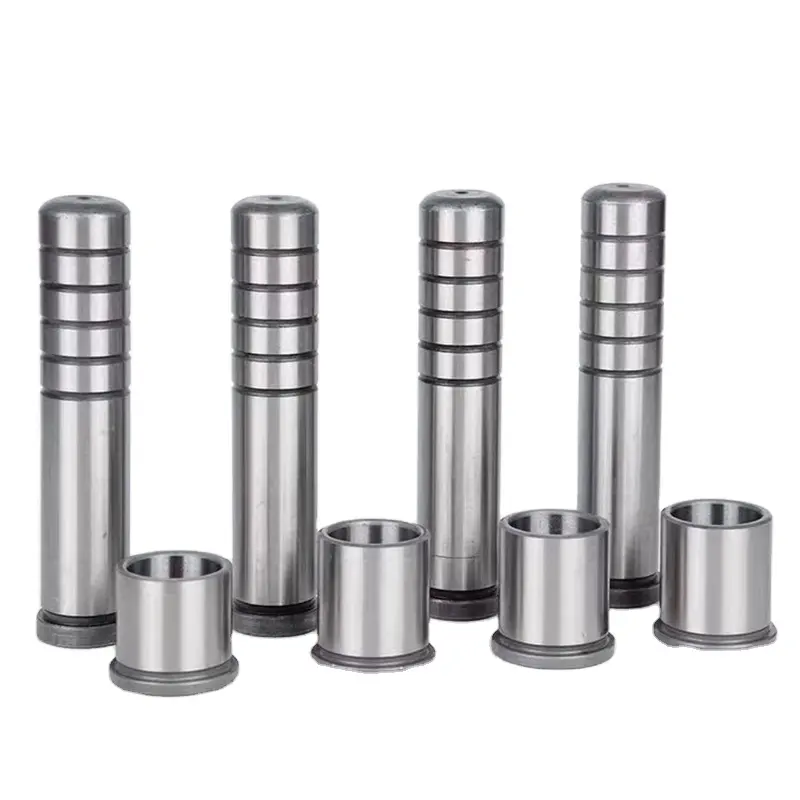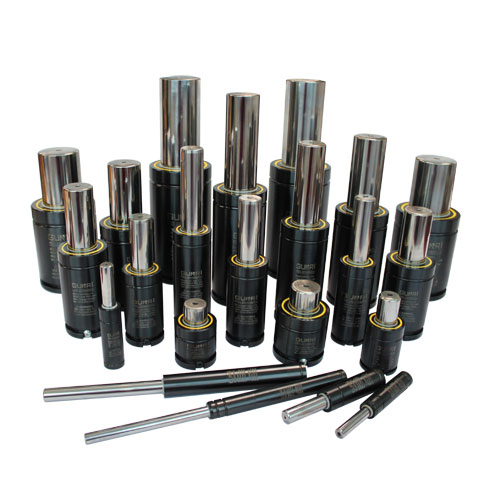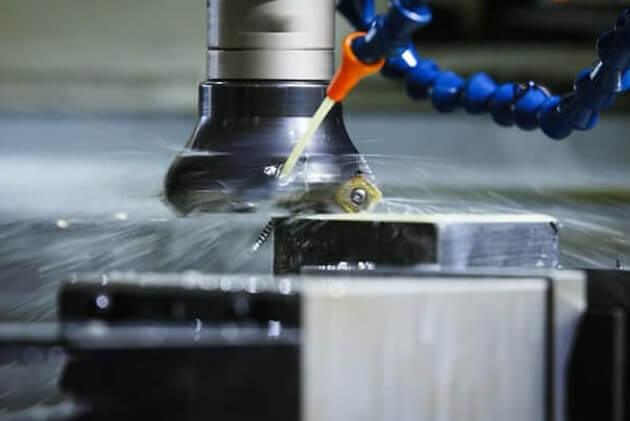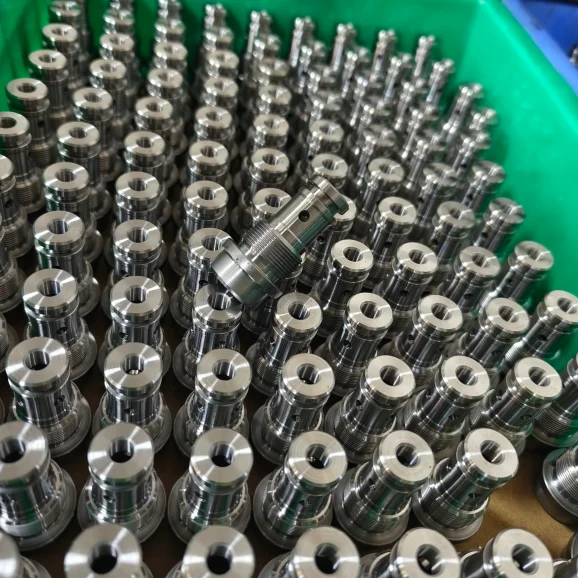Guide Pillar vs. Guide Pin: What Is The Difference?
In the realm of mechanical systems and precision components, guide pillars and guide pins play pivotal roles in ensuring the smooth operation of various applications. They are integral to machinery, molds, and other mechanisms that require precise alignment and movement. In this comprehensive comparison, we will explore the differences, advantages, and ideal use cases for both guide pillars and guide pins.
Guide Pillar vs. Guide Pin: A Quick Overview
Before we delve into the specifics, let’s provide a quick overview of guide pillars and guide pins, highlighting their essential functions within mechanical systems.
| Feature | Guide Pillar | Guide Pin |
|---|---|---|
| Primary Function | Stationary guide component providing stability | Moving component within guide bushings, used for control and guidance of connected parts |
| Stability | Offers exceptional stability and rigidity | Requires guide bushings or sleeves for additional stability |
| Reduced Friction | Stationary position reduces friction between connected parts | Moves within guide bushings or sleeves, may have slight friction |
| Common Applications | Commonly found in molds, stamping, and precision machinery | Used in applications where controlled sliding or rotational motion is needed |
| Considerations | – Stability – Friction reduction – High precision | – Motion control – Interaction with guide bushings – Adaptability |
What is a Guide Pillar?
Guide pillars, sometimes referred to as guide posts, are stationary cylindrical components. They are designed to serve as fixed guides or supports for moving parts, ensuring accurate alignment and minimizing friction. Guide pillars find widespread use in molds, dies, and various machinery where stability and precision are paramount.
What is a Guide Pin?
Guide pins, in contrast, are cylindrical components that move within guide bushings or sleeves. They are engineered to guide and control the movement of connected parts, facilitating precise alignment and smooth motion. Guide pins are commonly employed in applications requiring controlled sliding or rotational movement.
Now that we have a foundational understanding of these components, let’s explore their unique characteristics and advantages.
Which is Better to Use – Guide Pillars or Guide Pins?
- High Stability Requirements: If your application demands high stability and rigidity, Guide Pillars are the preferred choice. They provide robust anchoring, ensuring precise alignment at all times.
- Need for Controlled Motion: If your application requires control over the sliding or rotational motion of connected parts, Guide Pins are more suitable. They operate within guide bushings or sleeves and offer the necessary control.
- Adaptability and Precision: Considering your specific application, ensure that the chosen component works in harmony with guide bushings or sleeves and delivers the required precision.
- Friction and Efficiency: Note that Guide Pillars, due to their stationary nature, reduce friction between connected parts, which can be crucial for certain applications.
Choosing the right component depends on your specific application requirements. Take into account factors such as stability, motion control, friction, and compatibility with guide bushings to ensure optimal performance and precision.






